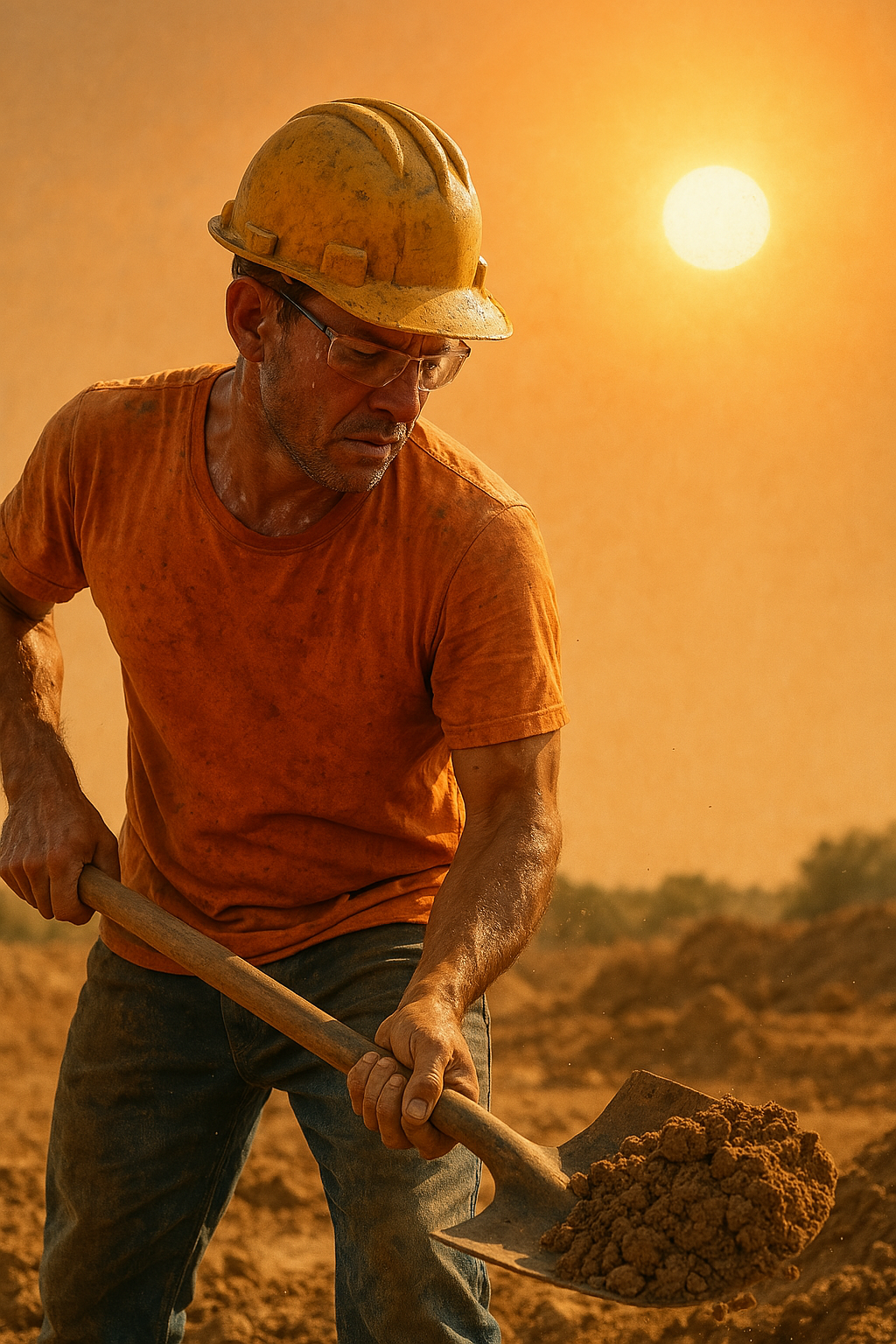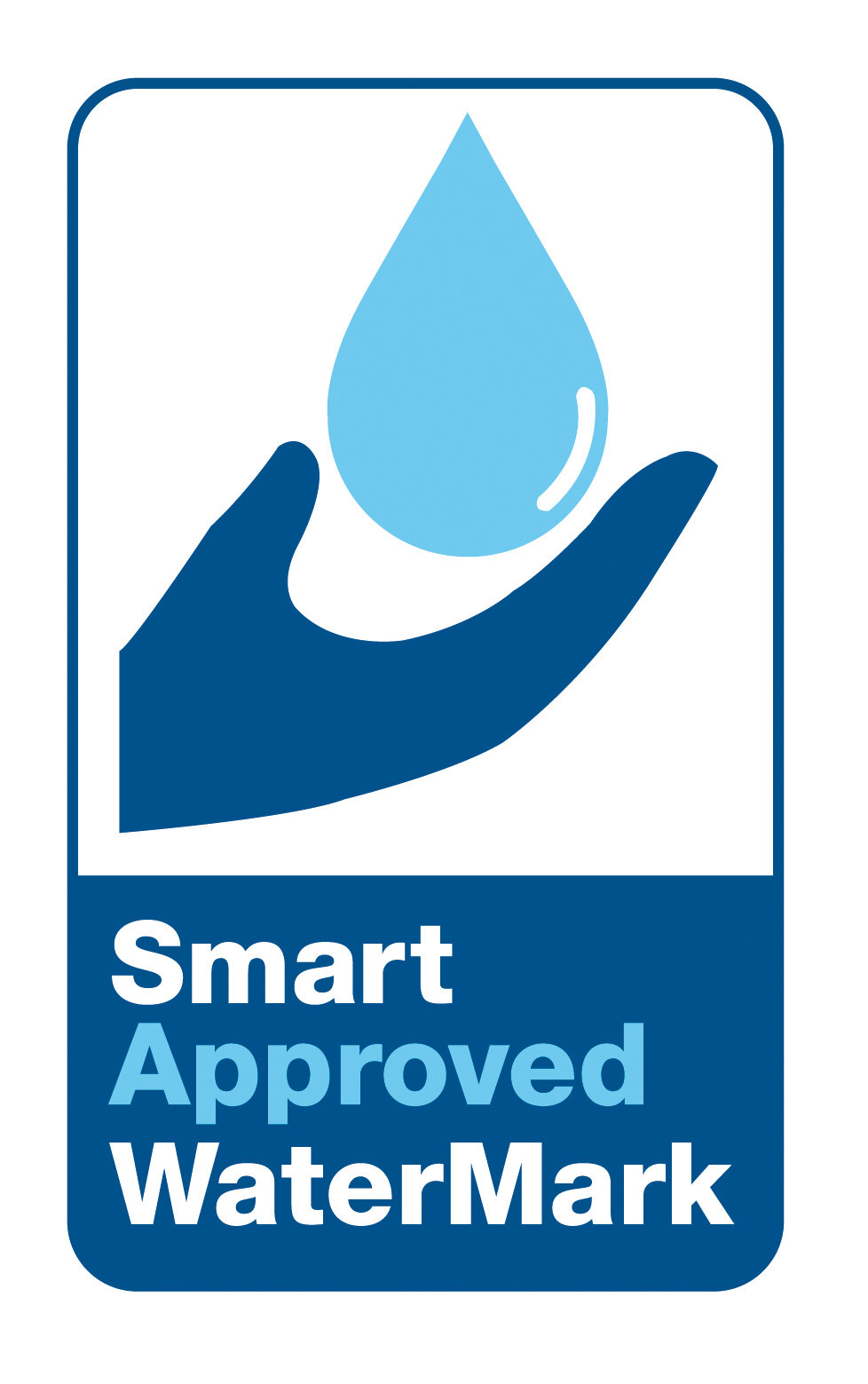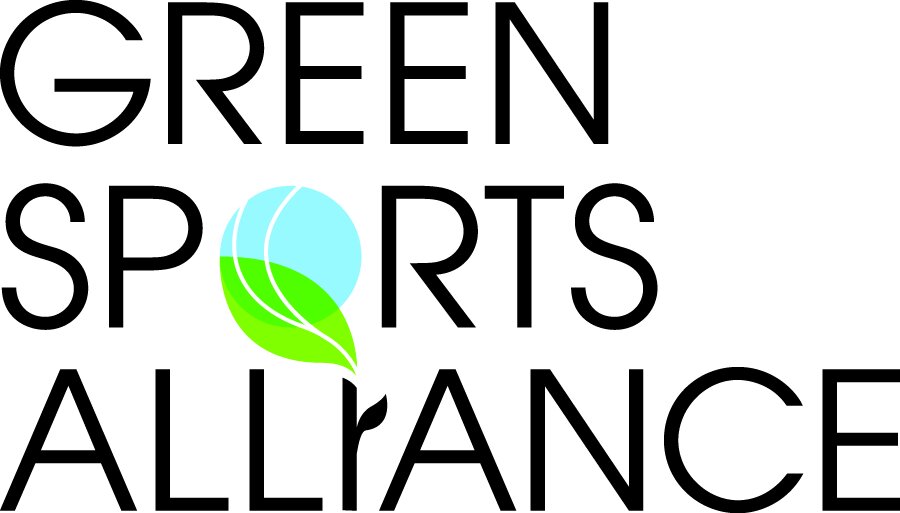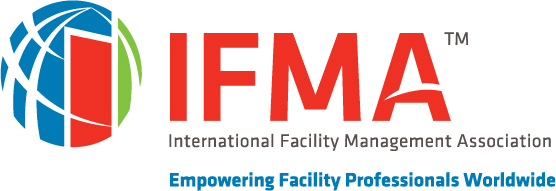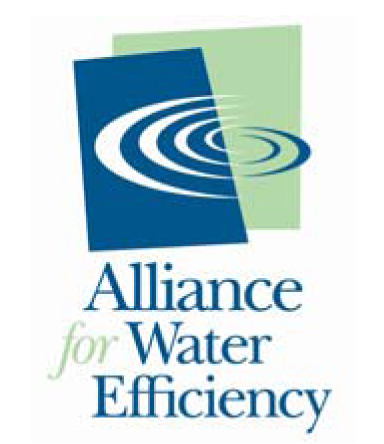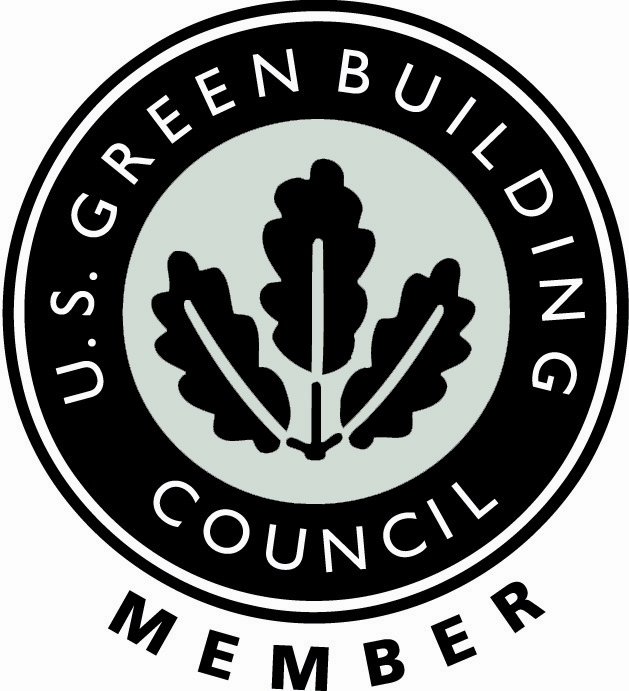Disclaimer: Waterless Co., Inc. remains apolitical, dedicating its efforts solely towards the protection and efficient utilization of water, our most essential resource.
In 1972, Congress passed the Clean Water Act with unprecedented optimism—a landmark commitment to rebuilding America's water infrastructure from the ground up. The promise was clear: we must make comprehensive investments in the systems that deliver, treat, store, and recycle our most essential resource.
That promise lasted barely five years.
By the late 1970s, cracks were already showing. America's water infrastructure wasn't just falling behind, it was collapsing into what has become a perpetual crisis. The culprit then, as now, was a water funding shortfall that continues to impede our water utility systems today.
The Great Crumbling Infrastructure Retreat
When the Federal government began their steady retreat from water infrastructure investment in the 1980s, they didn't just reduce funding, they shifted the burden to cash-strapped local governments while the repair bills grew exponentially.
Today, the American Society of Civil Engineers puts a stark number on our negligence: over $1 trillion needed in the next 25 years just to maintain and expand our crumbling water infrastructure.
Instead of confronting this reality, it appears America chose to place it on the backburner, so to speak. We deferred maintenance, ignored warning signs, and kicked the crisis down the road - where it has grown into a waiting game, never knowing if or when water infrastructure will fail.
Playing Water Infrastructure Roulette
So, why are we playing infrastructure roulette? The answer lies in two fundamental areas:
1. Water is simply undervalued in America. Despite being essential for life itself, water suffers from what the Boston Consulting Group calls the "abundance illusion"—the misguided belief that water is free, limitless, and requires no investment to maintain.
2. Our pricing system is fundamentally broken. Water utilities routinely fail to charge for the true costs of water, including treatment and storage expenses, energy costs for transportation, administrative overhead, legal and engineering fees, overtime compensation, and environmental penalties. The result? Water bills that don't reflect the true costs of water or allow for infrastructure improvements.
The Politics of Water
Perhaps most damaging of all, water pricing has become a political issue in some quarters of the country. Local officials fear that charging realistic rates for water will be seen as a "hidden tax," while other utilities keep prices artificially low to maintain political favor. As BCG bluntly states: "The public perception of water as a free and abundant resource causes resistance to price increases and contributes to its undervaluation."
But failure to address this situation will only make the challenge even more cumbersome.
The Path Forward
At Waterless Co., Inc., we believe the solution requires both immediate action and long-term commitment: aggressive water efficiency measures combined with a comprehensive public education campaign about water's true value. Americans must understand that water infrastructure isn't a luxury—it's the foundation of our economy and the prerequisite for life itself.
The bottom line is unforgiving: Water must be priced to reflect its actual cost, or we will continue to watch our infrastructure crumble while our communities pay the ultimate price. Working together, we can prevent this from happening.
-Klaus








